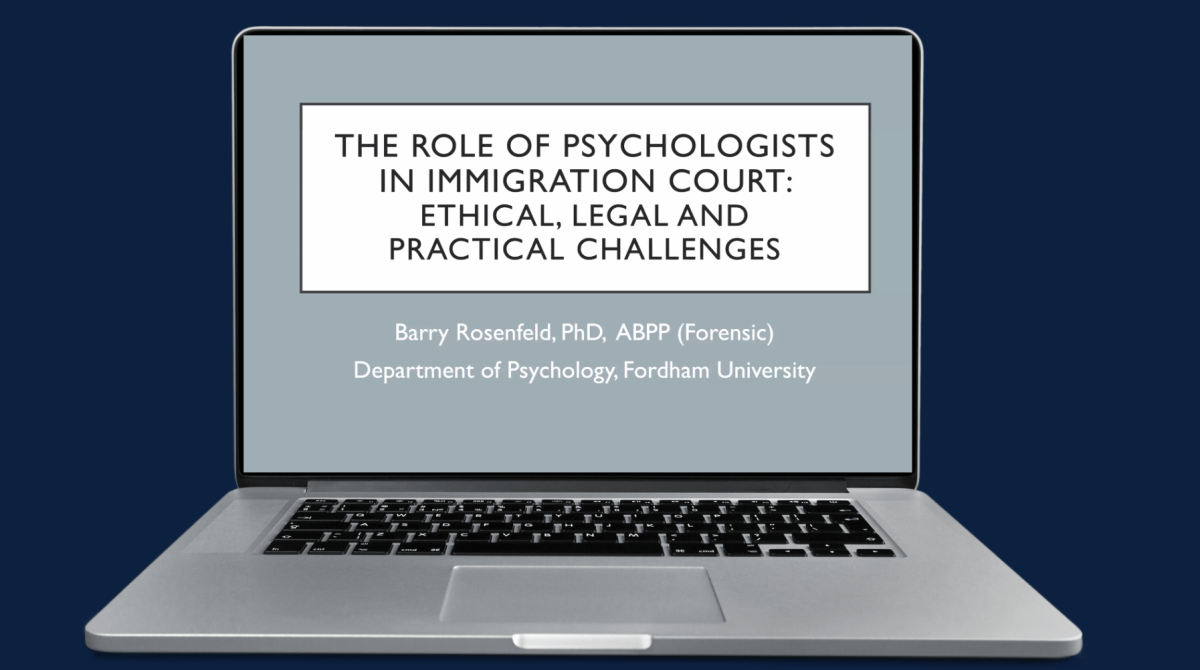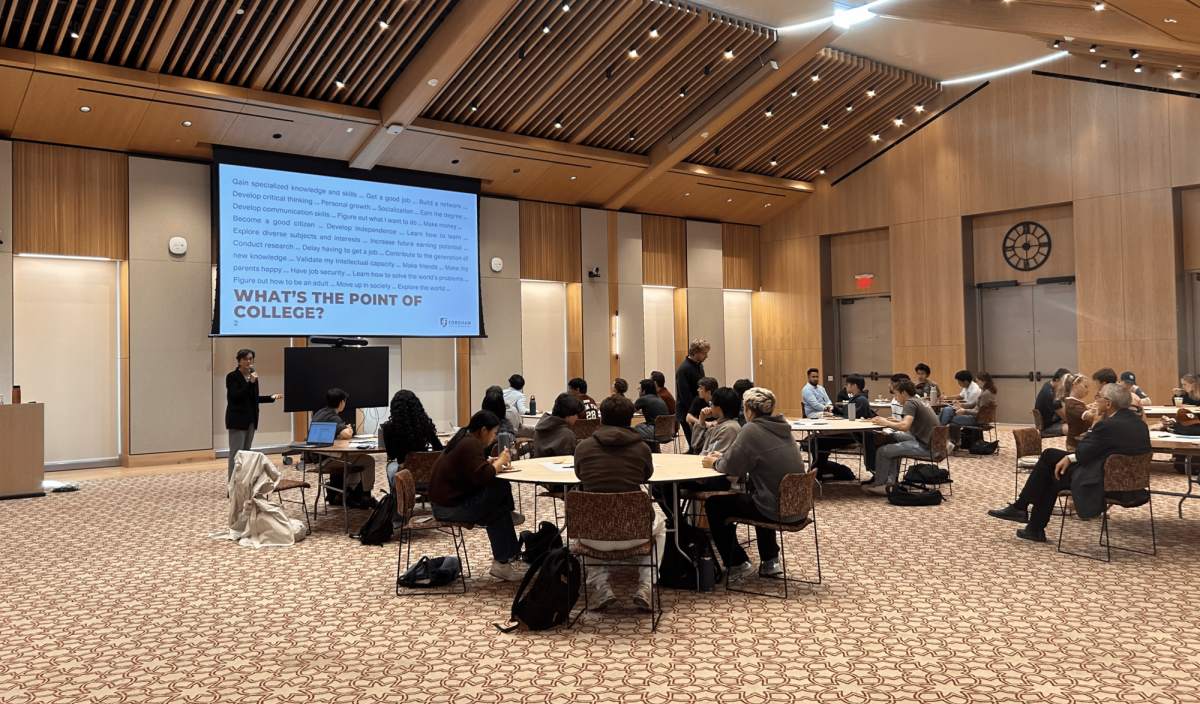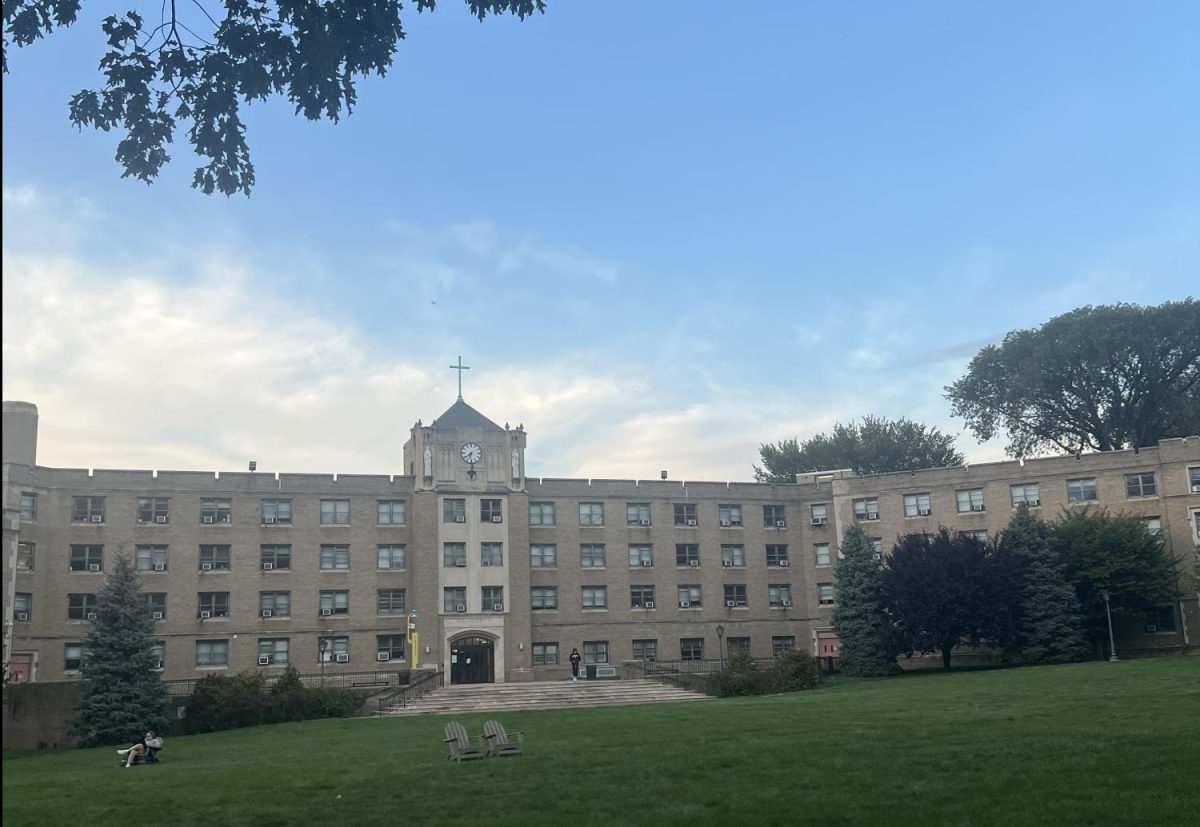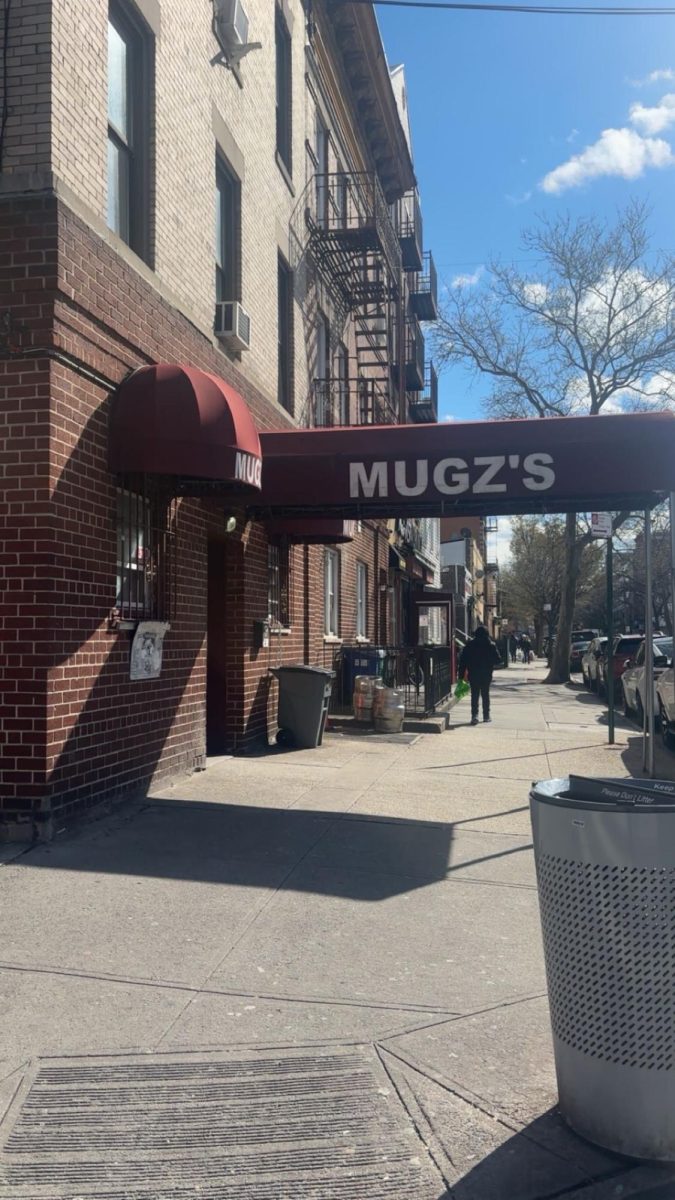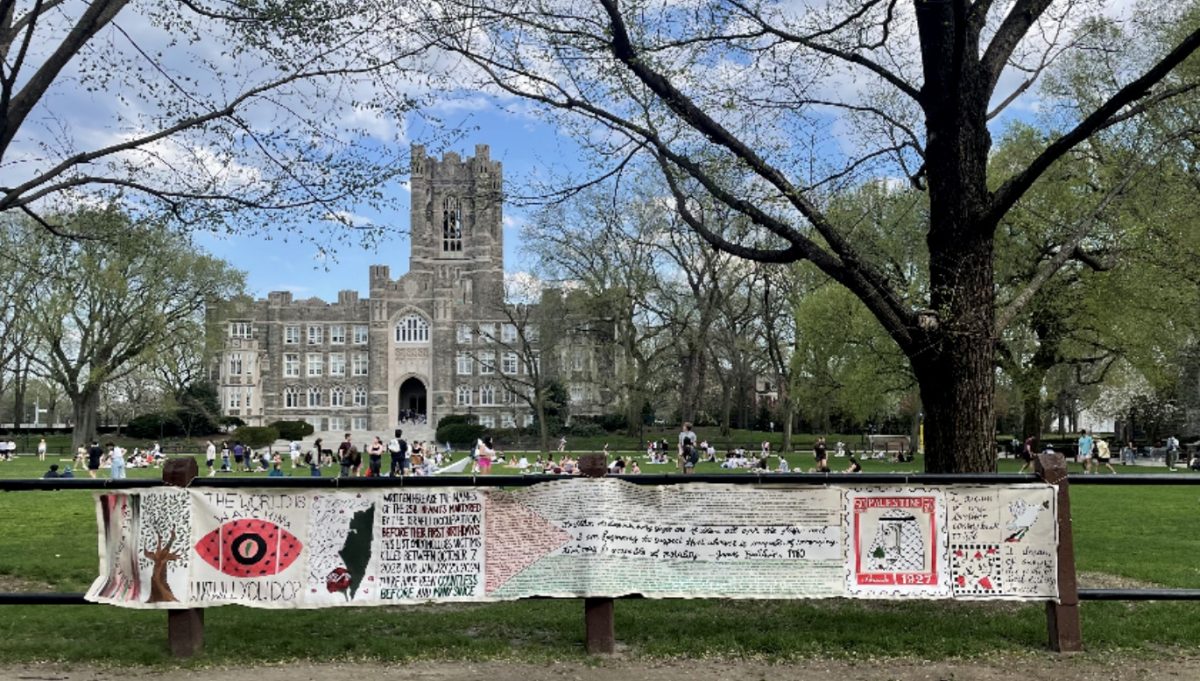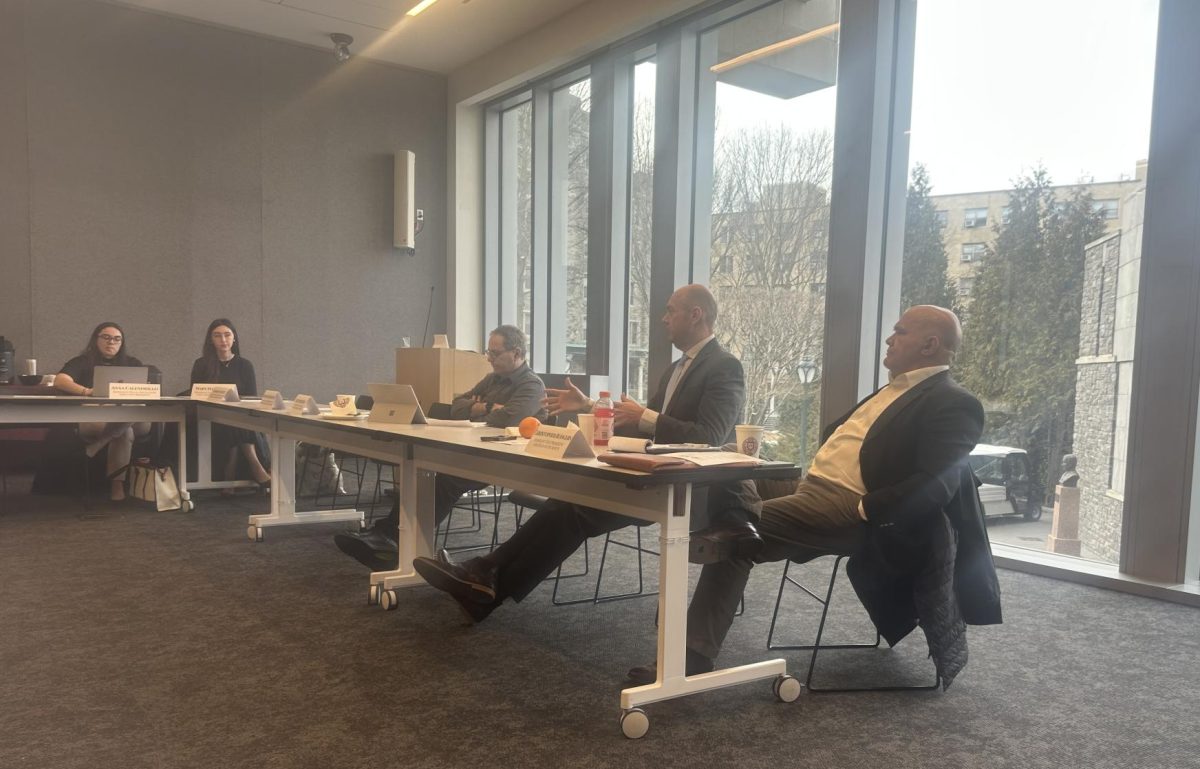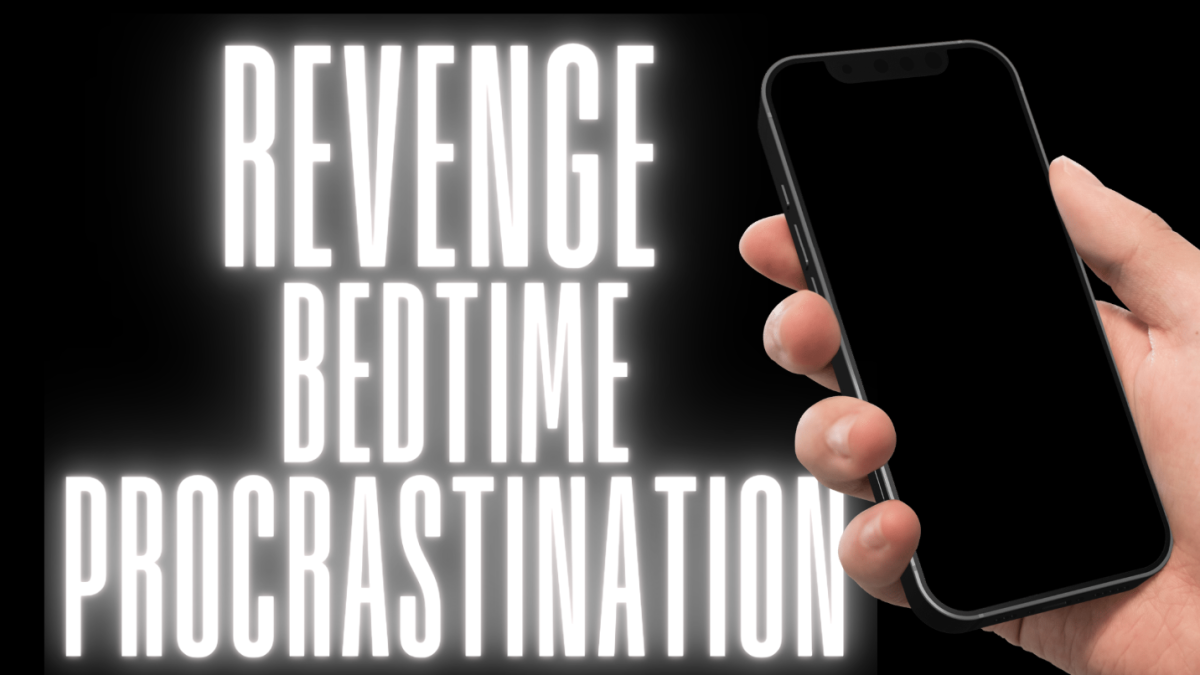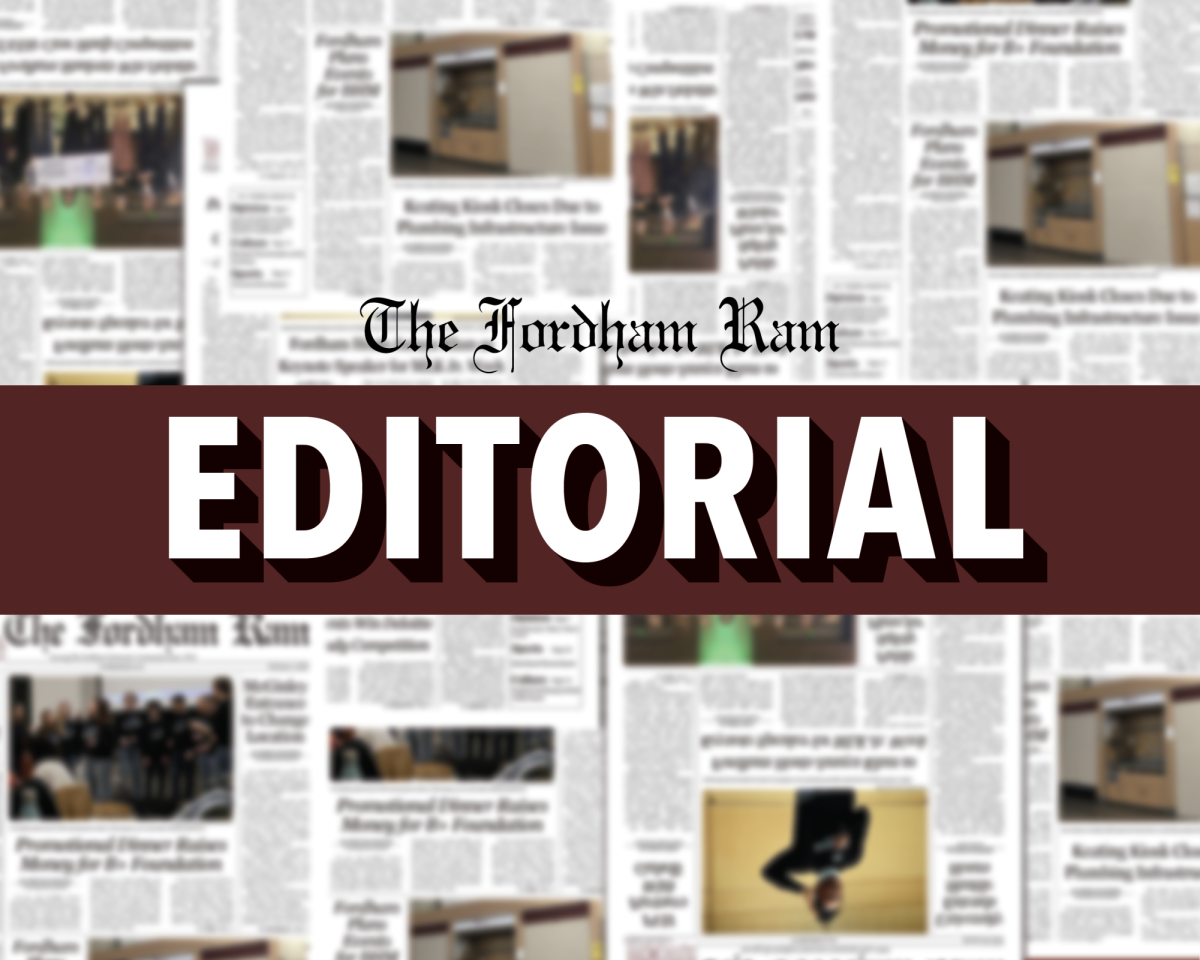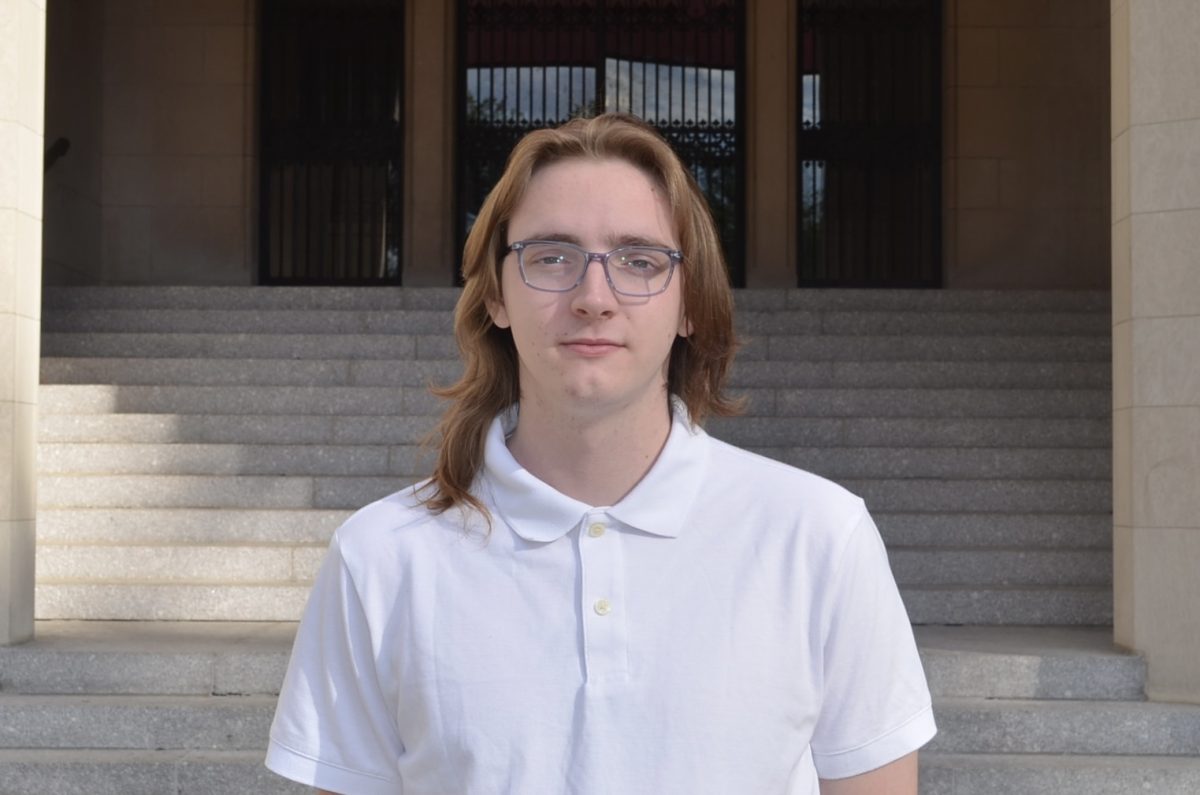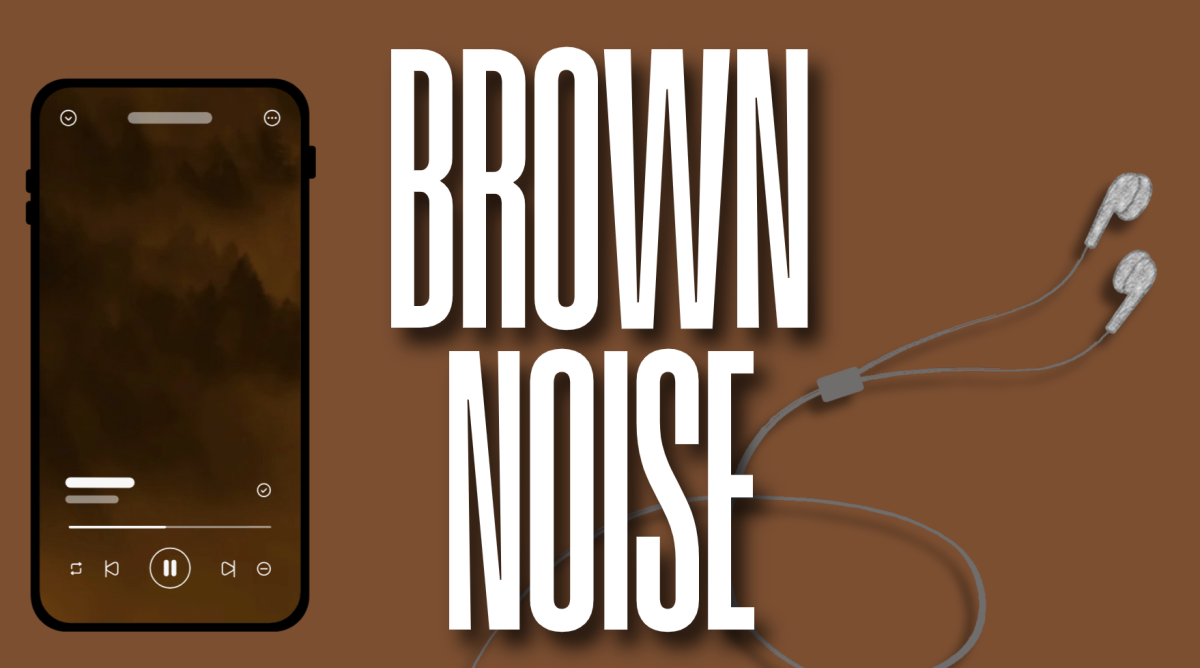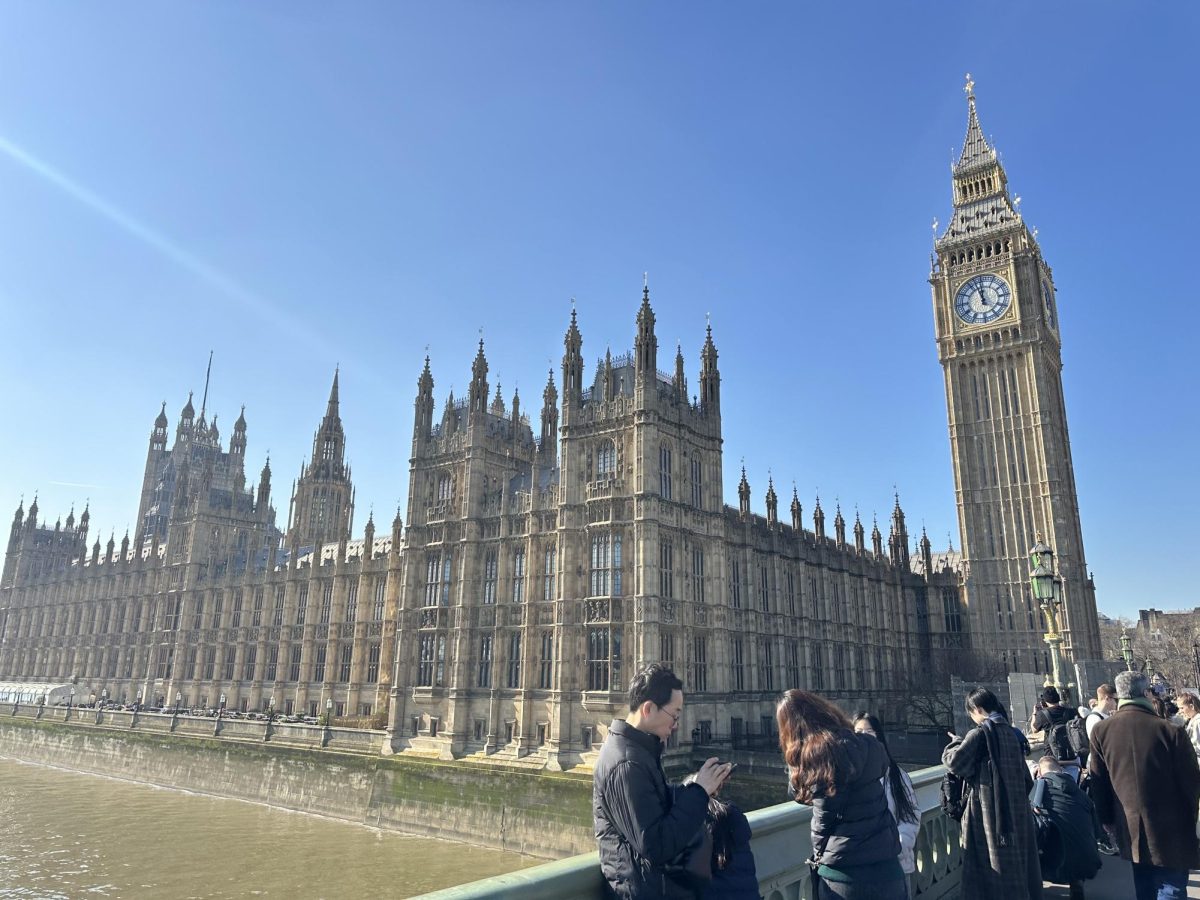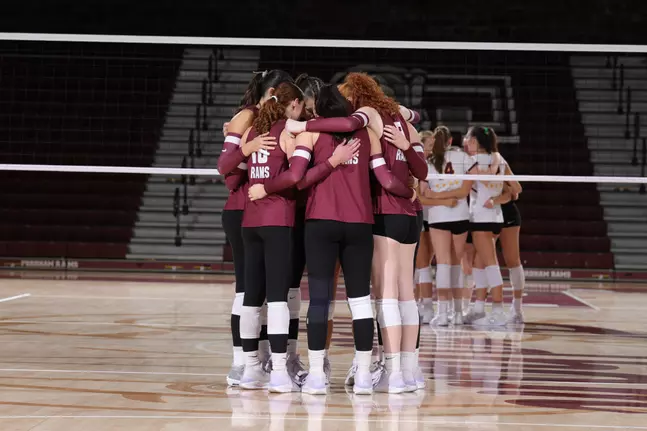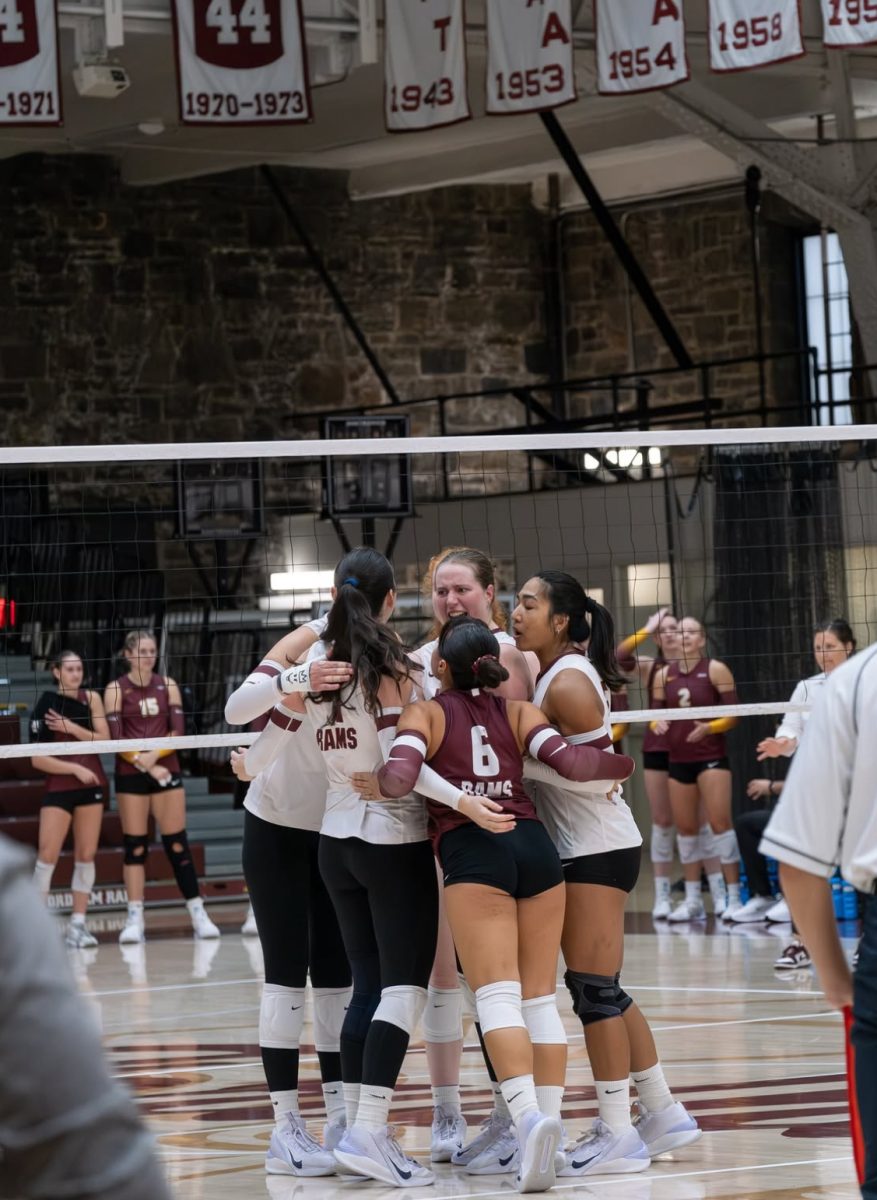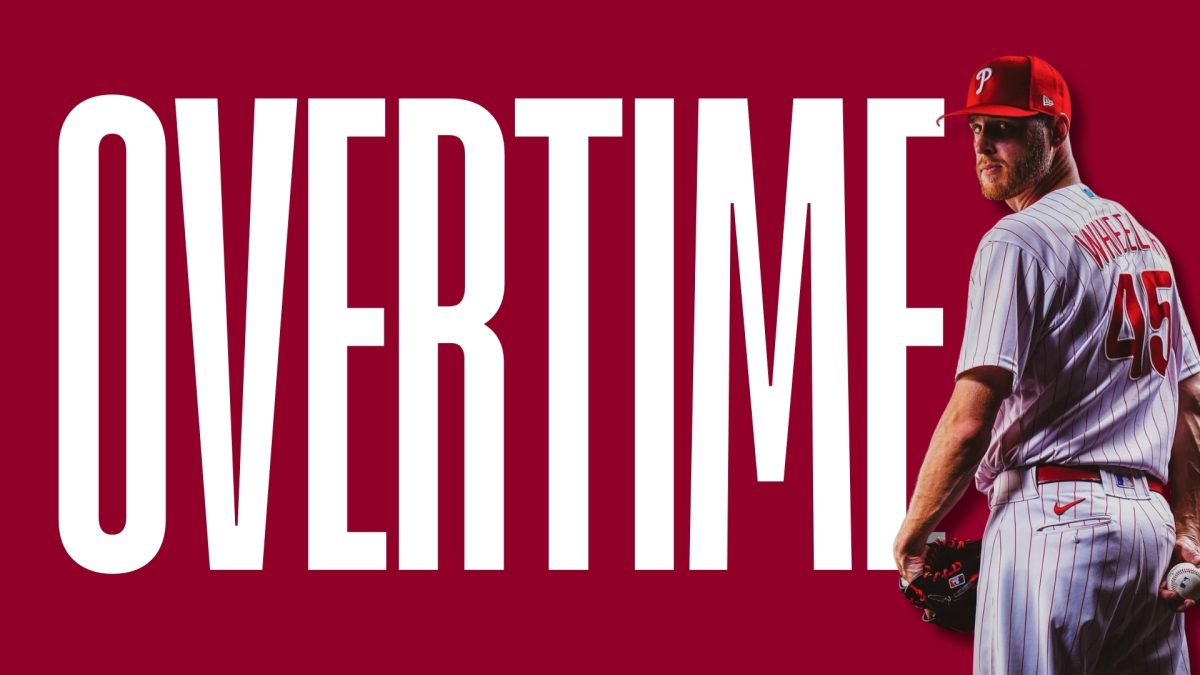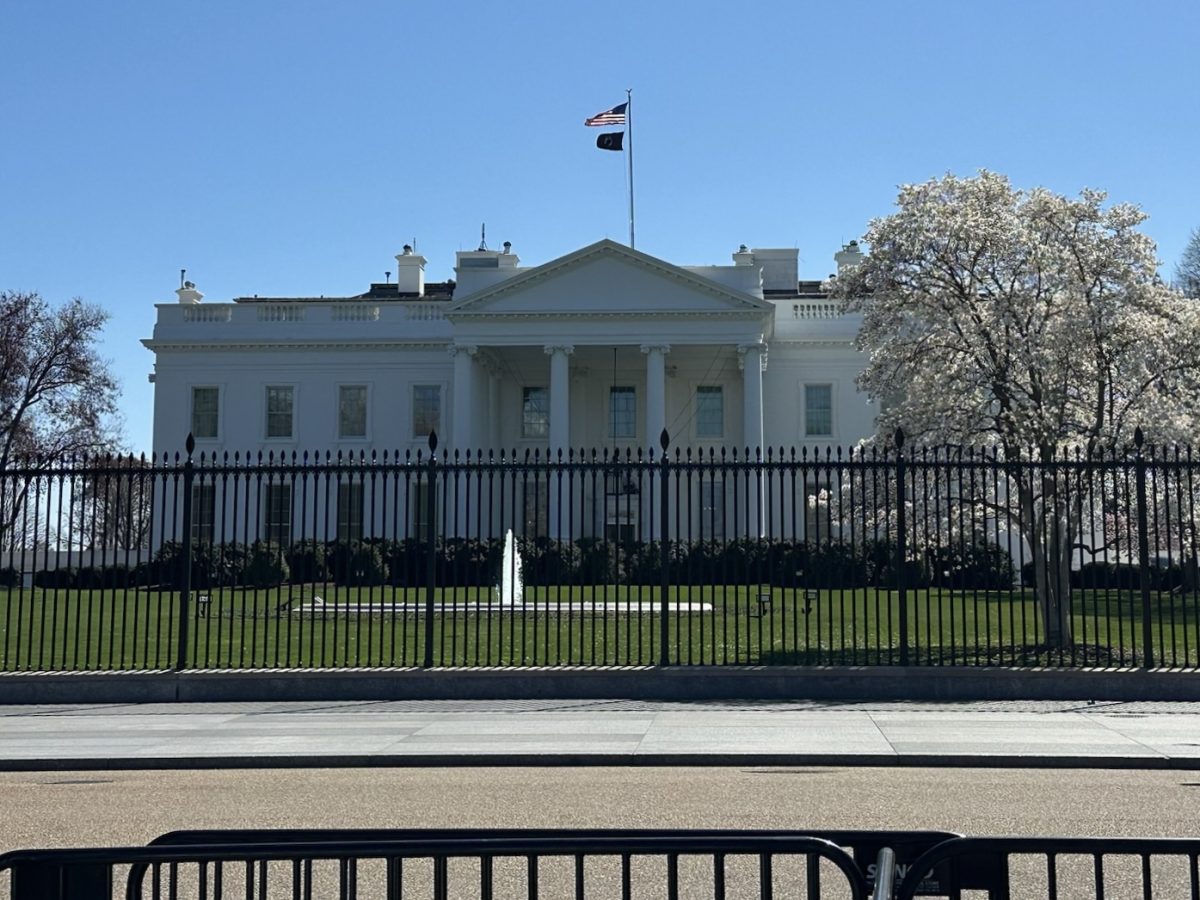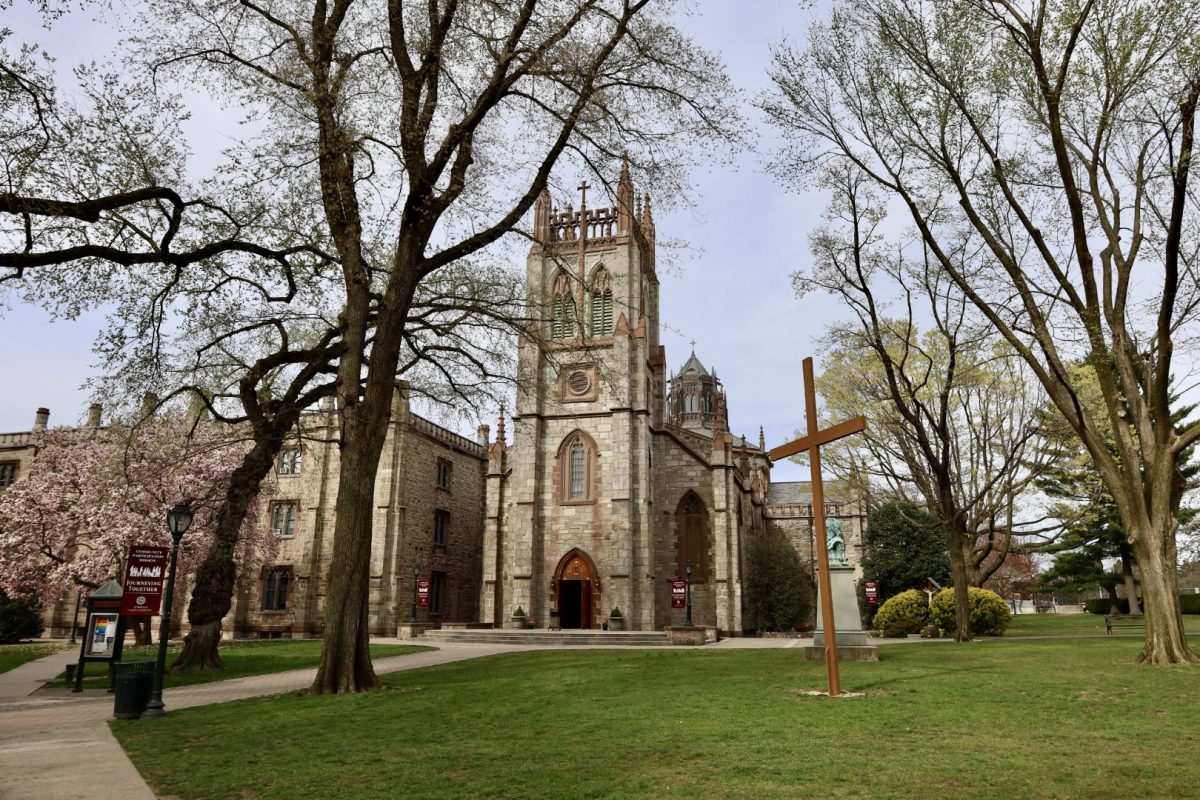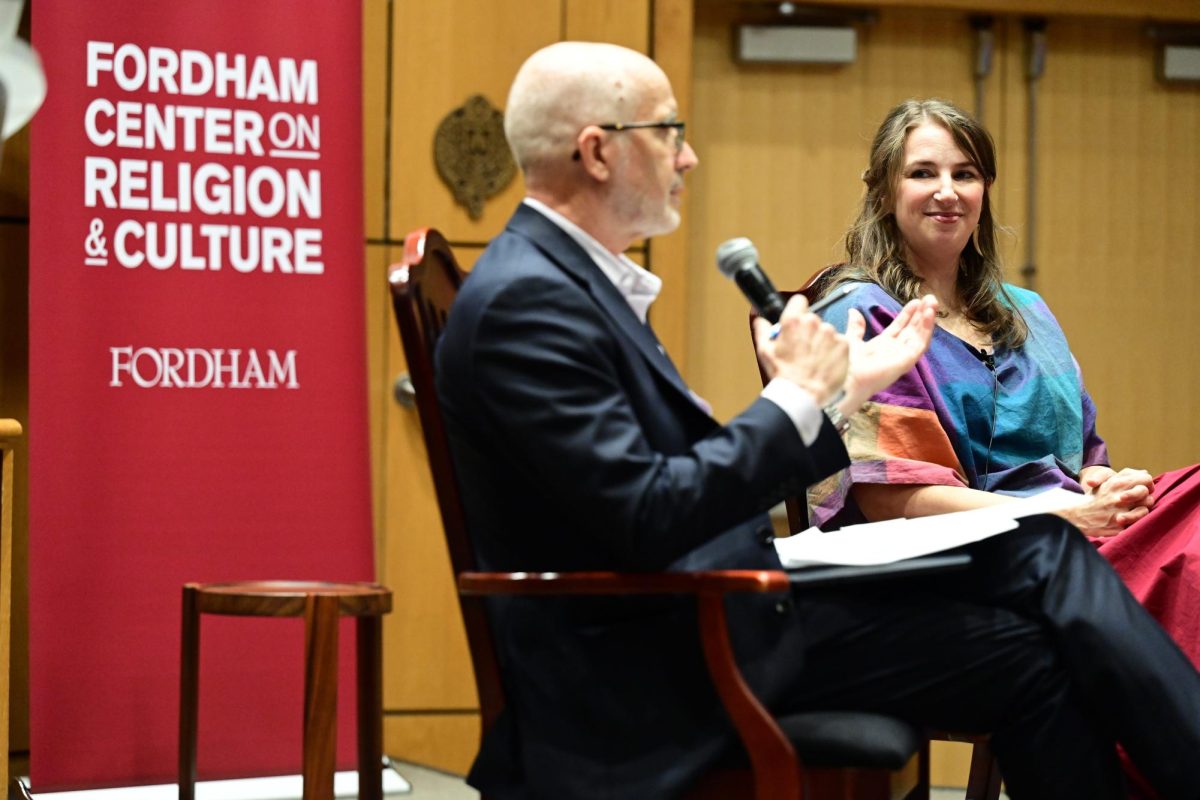PRESIDENT TRUMP AND THE DOE
Since the start of President Donald Trump’s second term, Americans have seen the United States Department of Education (DOE) take several actions against higher education institutions. The Trump administration has made significant changes to the department from within. Currently, it remains uncertain what the future holds for the DOE and institutions of higher education.
The DOE was created in 1979 under former President Jimmy Carter. According to its website, the DOE’s mission is to “promote student achievement and preparation for global competitiveness by fostering educational excellence and ensuring equal access.”
The department oversees state education systems, ensuring equal opportunities for all students and providing financial assistance. The DOE’s services provide financial support to about 10 million undergraduate students through grants, loans and work-study opportunities. The department helps over 50 million students in pre-K through grade 12 institutions. It has implemented several pieces of significant legislation, including the Every Student Succeeds Act (ESSA) and the Individuals with Disabilities Education Act.
Trump wants to close the department, an initiative that Republicans have been championing for years. Since January, Trump has begun to implement an agenda that includes his goal of dismantling the U.S. Department of Education (DOE) and that would give states control over education policies in hopes of expanding educational opportunities for individuals in the U.S. He says the department is no longer fulfilling its intended goals and is costing taxpayers too much money.
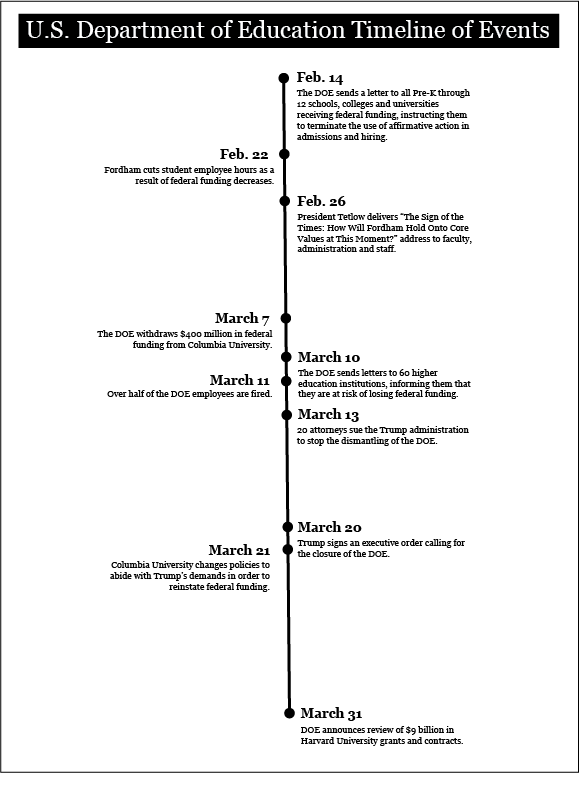
DISMANTLING THE DEPARTMENT
Trump signed an executive order on March 20 calling for the Secretary of Education to take “all necessary steps” to ensure the department’s closure and return the power over education to the states. The order says that this will aid in students’ success and improve the nation’s future.
“Closing the Department of Education would provide children and their families the opportunity to escape a system that is failing them,” the order said.
But while his executive order calls for the immediate closure of the department, countless legal experts say the president doesn’t actually have the power to close a cabinet-level agency. Trump must still get approval from Congress in order to officially close the department, and it is currently unclear whether he has the support in Congress to do so.
Prior to the executive order, Trump began dismantling the department by firing over half of its staff. The DOE had 4,133 employees at the beginning of the year, according to the New York Times. On March 11, 1,315 workers were fired, with an additional 600 workers choosing to leave by resigning or retiring.
Teachers, students and school faculty fear the ramifications of the dismissal of the DOE. Kari Smith, FCRH ’27, wants to be a teacher after graduation and is worried about the future of her profession and education as a whole.
“I’m really devastated. Especially as someone going into education, so many resources are being taken away and I feel like it’s very selfish not to be considering what the department actually does and how beneficial it is, specifically for lower-income students and people with special needs,” Smith said.
The National Education Association (NEA) says the closure of the department would have detrimental implications for low-income students and students with disabilities who rely on the department’s programs. College students particularly fear the loss of scholarships, student loans and other federal assistance, which benefits 87.3% of first-time college students, according to the Education Data Initiative.
Trump announced on March 21 that some DOE services would move under other federal departments. Student loans would move under the Small Business Administration, while special education services and nutrition programs would move under the Department of Health and Human Services. However, many people believe that while certain DOE services will continue, dismantling the department will still be extremely detrimental.
“The Department of Education is a critical champion in enforcing federal statutes prohibiting discrimination and ensuring every student has access to an education that will help them reach their full potential,” said an article from the NEA. “Dismantling it means defunding programs that feed, educate, and protect our most vulnerable and underserved students, and leaving many families fearful and anxious and communities reeling.”
Updates regarding the DOE continue to be released every day, and it remains unclear whether the department will actually close its doors. However, Trump’s directives does mean significant change for higher education, which will be felt all across the nation.
THE “DEAR COLLEAGUE” LETTER
On Feb. 14, prior to the executive order, the DOE’s Office for Civil Rights sent a letter to all Pre-K-12 schools, colleges and universities receiving federal funding, instructing them to terminate the use of race as a factor in education programs (including admissions and hiring) or lose federal funding.
Affirmative action, the process of taking race into account for admissions, was deemed unlawful in the Supreme Court’s 2023 decision in Students for Fair Admissions v. Harvard, which is cited in the letter.
The letter stated that discrimination based on race is illegal and said that diversity, equity and inclusion (DEI) training and programs are discriminatory. It also criticized school curriculums.
“Educational institutions have toxically indoctrinated students with the false premise that the United States is built upon ‘systemic and structural racism’ and advanced discriminatory policies and practices,” the letter stated.
The document informed institutions that the federal government would begin taking “appropriate measures to assess compliance with the applicable statutes and regulations based on the understanding embodied in this letter.” Institutions were told that if they are found to be in violation of federal civil rights law, they will risk losing federal funding.
The DOE said it will investigate 45 universities for DEI violations, according to the Associated Press. The department is already investigating several institutions, including Stanford University, University of California, Berkeley (UC Berkeley), University of California, Los Angeles (UCLA) and University of California, Irvine (UC Irvine). However, the status of their possible DEI violations and federal funding are still unknown. Fordham University is not currently on the publicly available list of schools to be investigated.
Following the distribution of the “Dear Colleague” letter, Fordham University President Tania Tetlow gave a speech to Fordham faculty titled “The Sign of the Times: How Will Fordham Hold Onto Core Values at this Moment?” on Wednesday, Feb. 26. Students, including reporters from The Ram, were not permitted to attend the event.
After the address, Tetlow spoke to reporters from the Fordham Observer about the university’s response to recent actions from the Trump administration. She said that the university plans to stand firm in Catholic values.
“We have a right to exercise our religion as a Catholic institution and part of the core beliefs of the Catholic Church are beliefs in basic human dignity, in equality, in diversity, and in that we stand firm,” Tetlow said.
SCHOOLS LOSING FUNDING
On March 7, Columbia University became the first institution to lose funding, as the U.S. federal government’s Joint Task Force to Combat Anti-Semitism announced the cancellation of $400 million in federal grants and contracts to the university. The DOE said the loss of funding was a result of Columbia’s inability to protect Jewish students from antisemitic harassment during pro-Palestinian protests last spring.
“Since October 7, Jewish students have faced relentless violence, intimidation and anti-Semitic harassment on their campuses – only to be ignored by those who are supposed to protect them,” said Linda McMahon, secretary of education. “Universities must comply with all federal antidiscrimination laws if they are going to receive federal funding. For too long, Columbia has abandoned that obligation to Jewish students studying on its campus. Today, we demonstrate to Columbia and other universities that we will not tolerate their appalling inaction any longer.”
Following Columbia’s loss of funding, on March 10, notifications were sent to 60 additional higher education institutions, informing them that they would risk losing federal funding themselves if they did not adhere to their obligations outlined in Title VI of the Civil Rights Act. The notification said that these institutions were discriminating against Jewish students and ignoring Title VI guidelines, which state that programs that receive federal funding cannot discriminate on the basis of race, color or national origin.
Columbia agreed to Trump’s demands on March 21 and implemented new policies in order to reinstate their federal funding. Some of the new policies include banning face masks and requiring protestors to identify themselves. Columbia will also review courses that discuss the Middle East.
The DOE announced on March 31 that they would review more than $8.7 billion in grants and over $255.6 million in contracts at Harvard University. It says the review will ensure that Harvard is following civil rights guidelines and complying with federal regulations.
So far, no other universities have lost federal funding, but it’s possible that they still could, according to the AP News.
THE FUTURE
While only 60 universities are on the list of schools facing funding cuts, Jacob Smith, assistant professor of political science at Fordham, said in an interview that all higher education institutions will feel the effects of changes to the DOE, especially if the department is completely shut down.
“It’s going to be detrimental to higher education as a whole,” Smith said. “If there are fewer people at the Department of Education to administer benefits, that will affect when the money is distributed.”
Smith said that Fordham itself may not be affected as significantly as some other higher education institutions but that the closure of the department will impact all of higher education, and the effects may be felt at Fordham.
“It’s going to be detrimental to every college. Some things that are going on are going to be more detrimental to some colleges than others,” Smith said. “So, like, compared with other schools, Fordham has relatively fewer NIH grants, but other decisions may affect Fordham relatively more, so it’s going to depend on the particular part of it. But I think that it’s a negative picture for higher education as a whole.”
While legal scholars say it is not under Trump’s jurisdiction to officially close the DOE, he is still attempting to dismantle the department, which leaves people wondering whether he is misusing his executive power. On March 13, 20 attorneys, led by New York Attorney General Letitia James, sued the Trump administration in an attempt to stop Trump from dismantling the DOE. James says Trump’s attempt to close the department is illegal and unconstitutional, according to the New York Attorney General’s website.
Smith says that students should remember they have the authority to be a part of ensuring separation of powers and checks and balances on the president and that they should reach out to congress members with their thoughts on Trump’s recent actions.
“You do have the agency to call Congress and tell Congress to do what Congress is supposed to do and be a part of a system of separation of powers and checks and balances,” Smith said.


